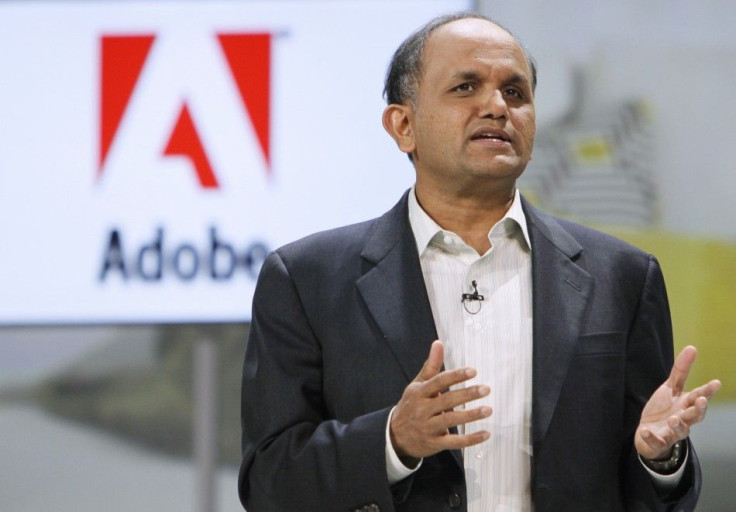Creative Suite Losing Ability to Drive Adobe's Business: Analyst

FBR Capital Markets believes Adobe Systems Inc.'s (NASDAQ: ADBE) flagship offering, Creative Suite (CS), is losing its ability to drive Adobe’s business, and doesn't see much to materially offset this.
The brokerage downgraded its rating on shares of Adobe to underperform from market perform and lowered its price target to $28 from $33.
Our downgrade is mainly predicated on two items: we believe Creative Suite is losing its ability to drive Adobe’s business, and we don’t see much to materially offset this; and we believe the company’s model is stuck, and its efforts to drive more recurring revenue will be difficult, said David Hilal, an analyst at FBR Capital Markets.
Related to Creative Suite, Hilal believes the challenges are two-fold: first, it is suffering from the law of diminishing returns, whereby there is less reason to upgrade with each successive release (and a model based mostly on unit sales exacerbates this); and second, new standards, specifically HTML5, will lessen the relevance of Flash and ultimately of CS.
Hilal said HTML5 natively supports video -- in other words, without the need for plug-ins like Flash. MeFeedia reported that 63 percent of video on the Web was HTML5 compatible in February 2011, which increased from just 10 percent in January 2010.
Much of this was most likely driven by the proliferation of mobile devices, and specifically those content owners’ desire to support Apple Inc.'s iOS devices (where Flash does not run). Hilal is not calling for the demise of Flash, but rather, thinks its near-monopoly status is going away, and this will have an adverse impact on the business.
Regarding the company’s model, Hilal said Adobe is one of the few companies whose model has not progressed much since the desktop model of the 1990s and is highly dependent on unit sales, with minimal recurring revenues. To address this, Adobe has introduced a subscription plan and is pursuing an enterprise maintenance business -- neither of which Hilal believes will move the needle in the near to medium term.
In order to protect its license revenue base, Adobe's subscription plan is limited to a small subset of its customer base. It appears the company is unwilling to bite the bullet and undergo a difficult transition process in order to meaningfully raise its level of recurring revenues.
Hilal understands this decision, as other software vendors have undergone the painful transition. However, that also means there is not much light at the end of the tunnel, and he estimates that CS subscription could grow to only about 5 percent of Adobe’s total revenues after five years.
We think building an enterprise maintenance business for Creative Suite will be difficult as the product doesn’t lend itself well to a maintenance model. The company thinks that moving major CS releases from 18 months to 24 months and inserting a mid-cycle release will entice customers to adopt maintenance plans, said Hilal.
Hilal said he is skeptical that annual updates will increase enterprise interest in maintenance because he thinks as the product is maturing, there has been, and will continue to be, less interest to upgrade with each successive release.
Adobe stock fell 1.25 percent to $33.23 in the pre-market trading on the NASDAQ Stock Market.
© Copyright IBTimes 2025. All rights reserved.





















